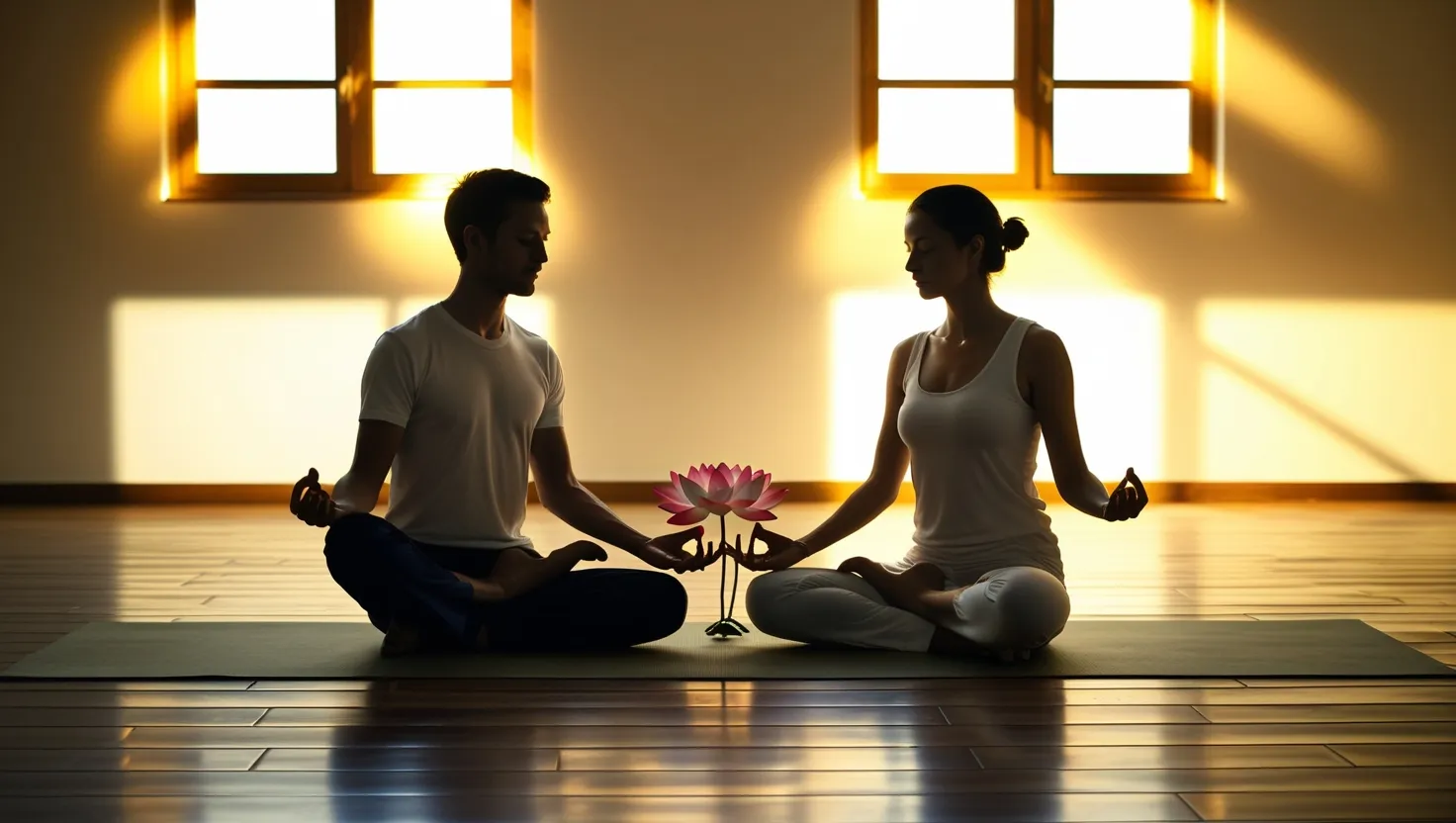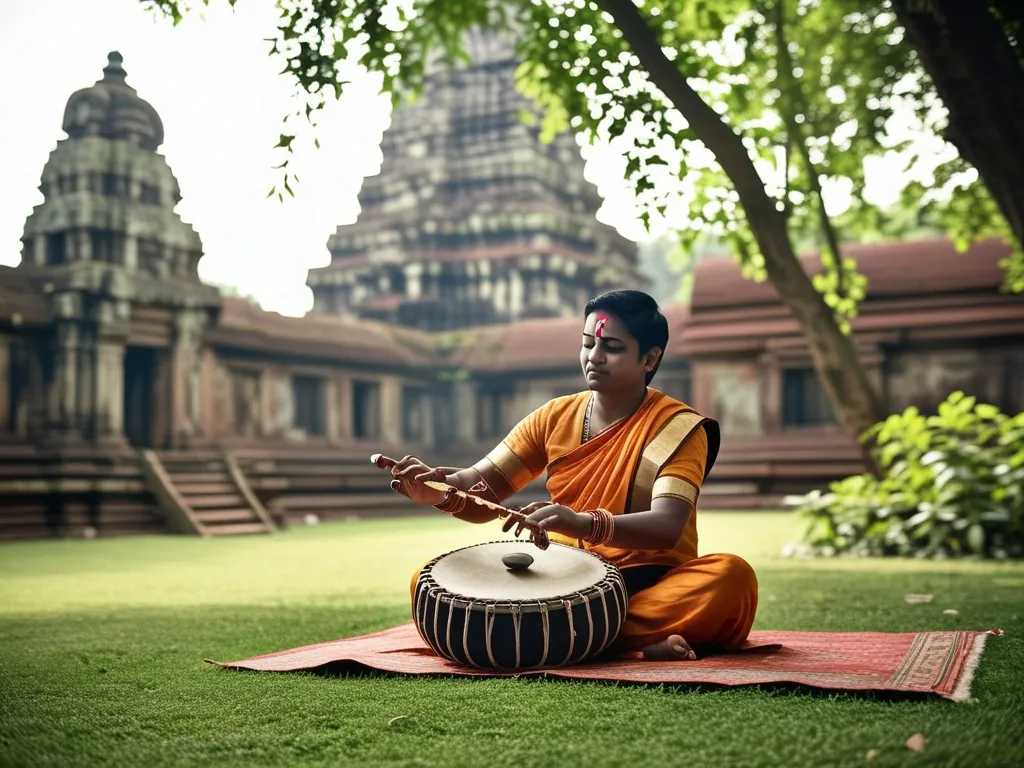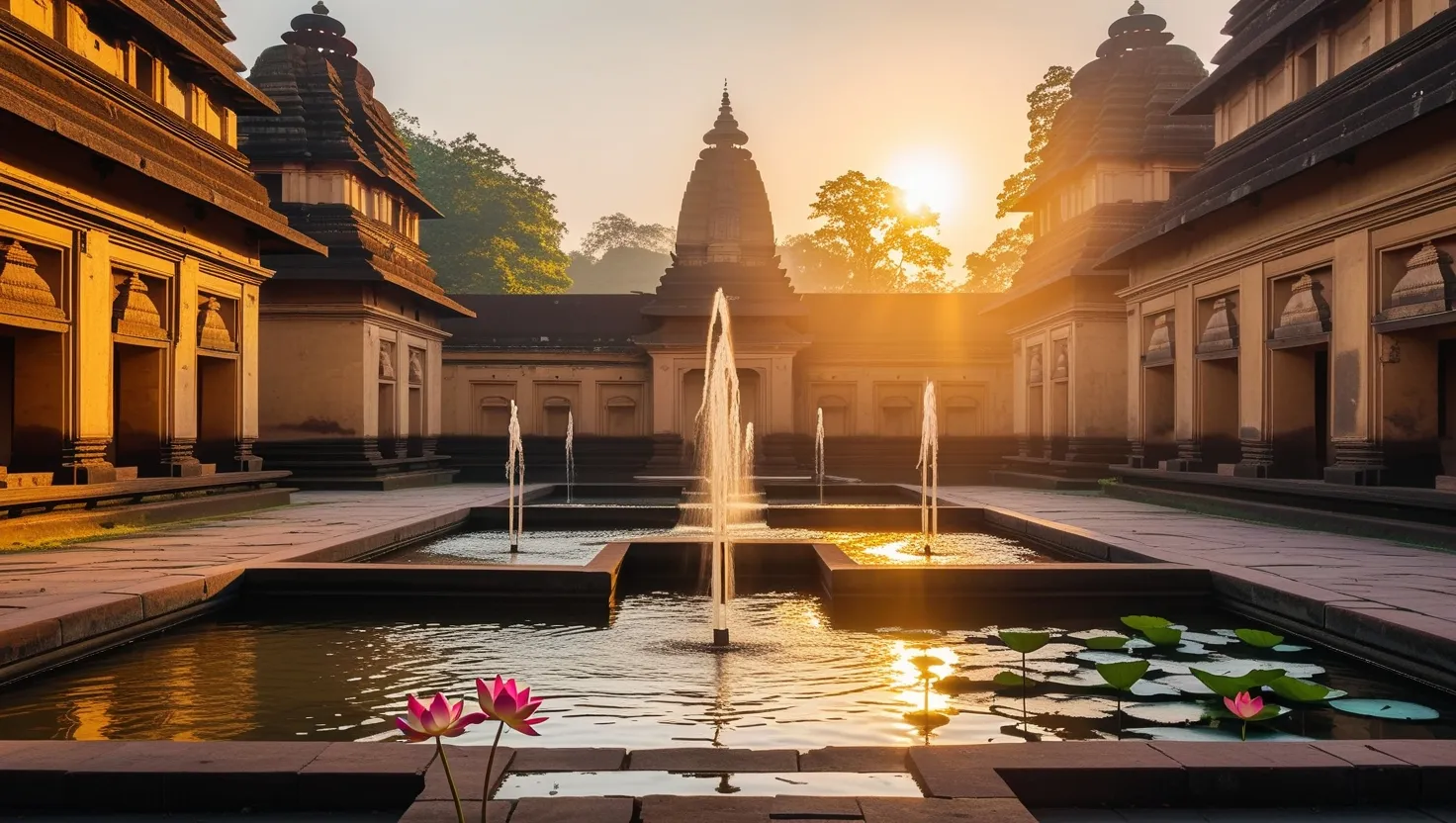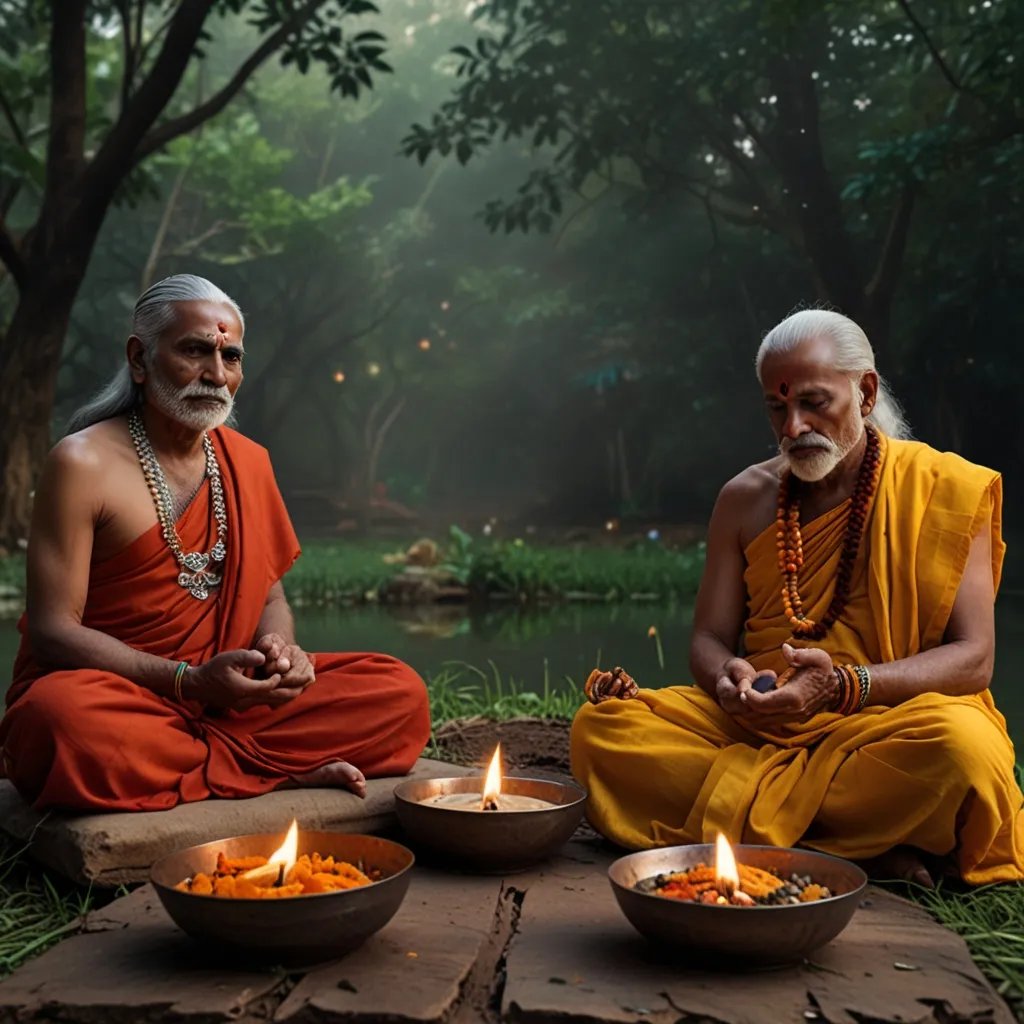If you’ve ever watched two people argue and wondered why they can’t just come together, you’re not alone. Conflict is part of being human. Yet the Vedas—the ancient Indian texts that anchor much of Eastern philosophy—have quietly mapped out ways of returning us to a sense of harmony. Their methods don’t just patch up arguments. They call us to look beneath the surface, asking: What has disrupted the order? And how can we restore balance not only between people, but inside our own minds?
Let’s not pretend disagreements are simply battles of opinion. The Vedas point to something deeper: when we fall out of step with what they call Rta, the universal principle of order, friction naturally arises. As I’ve studied these texts, I’ve found their guidance lands somewhere between gentle reminder and stern teacher. They ask us to consider: Is the quarrel really about what’s being said, or is it a sign of an underlying imbalance?
“Whenever you are confronted with an opponent, conquer him with love.” — Mahatma Gandhi
Let’s start where the Vedas often start—with words. Not just what gets said, but how. Satya, or truthfulness, isn’t about blunt honesty at any cost. It’s about speaking from a place of sincerity, while practicing Ahimsa: nonviolence in thought, word, and deed. I’ve noticed that conversations shift radically when I ask myself, “Am I expressing what’s true without causing unnecessary pain?” This one balance—say what needs to be said, but never with the intent to wound—transforms the very air in the room. It’s not enough to be right; the goal is to heal.
But what happens when talking isn’t enough, when the temperature of conflict runs too high? Here, the Vedic tradition turns to rituals like Shanti Paath. These are not merely ceremonies, but structured pauses that invite both parties to breathe, recenter, and invoke a shared wish for peace. The collective chanting of mantras slows the heart rate, dissolves some of the raw edges, and—perhaps most importantly—reminds everyone present that there’s a larger picture. What if, before negotiating, we simply sat together in silence or chanted for a moment? Would it change how we listen?
“The best way to find yourself is to lose yourself in the service of others.” — Mahatma Gandhi
Another approach draws from the wisdom of elders or respected neutrals in the community. In Vedic society, disputes were not always hashed out face-to-face by combatants. More often, a third party—someone seen as impartial and wise—would guide conversation. What stands out to me isn’t just the neutrality of these mediators, but the weight of their character. Their authority stemmed less from position and more from the trust they’d built through years of ethical living. Imagine a world where peacemakers are chosen not for their skill in argument, but for their proven patience and fairness. Who would you invite to mediate your next conflict?
The Vedas also offer something rare in modern discussions: they highlight the invisible consequences of unresolved quarrels. Karma, that often-misunderstood word, isn’t supernatural bookkeeping—it’s simply the recognition that every action sows a seed. If we leave discord unresolved, that unease ripples outward. I’m reminded to ask: What are the unseen costs of holding a grudge? How does lingering hostility haunt families or even entire communities? The Vedas encourage us not just for our own sake, but for the good of all, to clear the air and share responsibility for restoring peace.
“He who lives in harmony with himself lives in harmony with the universe.” — Marcus Aurelius
There’s a principle of restorative justice alive in these teachings. Instead of focusing exclusively on punishment or blame, Vedic dispute resolution is about acknowledging harm, making amends, and welcoming people back into the fold. I find this emphasis on reintegration deeply moving. It’s less about labeling someone as wrong or right and more about mending the tear in the fabric of community. Is our own society willing to prioritize healing relationships over winning arguments?
Beyond the obvious moments of conflict, the Vedas urge a kind of preventive maintenance. Daily self-reflection, ethical conduct, and mindful gratitude act as buffers against reactivity. Over the years, I’ve noticed that when I stick to a routine of quiet examination—asking myself where I may have strayed from integrity, or simply giving thanks for small mercies—my threshold for annoyance seems to rise. Does your day include even five minutes to check in with your own sense of inner balance? The Vedas suggest it’s not a luxury, but a necessity for preventing minor irritations from boiling into major conflicts.
Let’s not forget the subtler methods—like the role of Vedic astrology, or Jyotish, in identifying the cosmic influences that can stir up discord. While this might seem mystical, I see it as another framework for examining how patterns—personal, familial, societal—intersect and collide. Could reflecting on timing or planetary cycles offer a fresh perspective on why tensions flare at certain moments?
Perhaps the most practical lesson comes from the ancient model of Saam, Daam, Dand, and Bhed—four strategies for conflict resolution. Saam is patient persuasion, inviting discussion and understanding. Daam offers incentives for harmony, recognizing that sometimes practical considerations help smooth over ideological divides. Dand introduces the idea of appropriate consequences, and Bhed—used only as a last resort—counsels direct confrontation when all else fails. What strikes me here is the sequence: dialogue always precedes force, caring always comes before coercion. How often do we reach for the stick before we’ve tried speaking softly?
“Peace cannot be kept by force; it can only be achieved by understanding.” — Albert Einstein
Forgiveness, too, stands at the heart of these teachings. The Vedas urge us to let go—not simply for the sake of others, but to unburden ourselves. Modern neuroscience now echoes this point: holding onto resentment taxes our bodies and minds. Each time I practice forgiveness, I notice a lifting, a lightness that wasn’t there before. What grievances have you been carrying, and what would it feel like to set them down?
Conflict, according to these ancient texts, is not an aberration, but an invitation. It calls us to restore balance, to grow more aware, to deepen our understanding of self and others. In a world where most of us are taught to battle or retreat, the Vedas offer a third path—a dynamic restoration of order rooted in compassion, responsibility, and shared humanity.
“One who conquers himself is greater than another who conquers a thousand times a thousand on the battlefield.” — Buddha
So, if you’re wrestling with discord—whether it’s a family squabble, a workplace standoff, or just the everyday friction that arises living shoulder to shoulder with others—consider these ancient approaches. Pause before you speak. Seek to understand before you react. Invite wise counsel. Take responsibility for your part. Practice daily habits that anchor you in calm. Recognize that peace isn’t the absence of tension, but the presence of understanding and right relationship.
What would it mean for you to approach your next conflict as an opportunity to restore harmony—not just with the other person, but with the universal order itself? This, perhaps, is the true legacy of Vedic wisdom: the call to bring ourselves back into tune—not by force, but by conscious, compassionate action, one conversation at a time.






